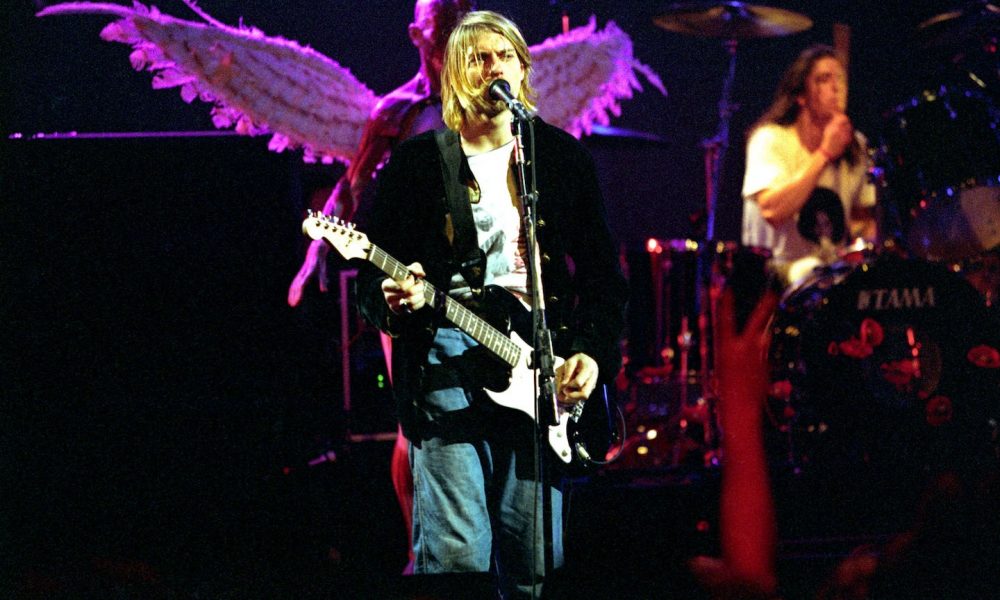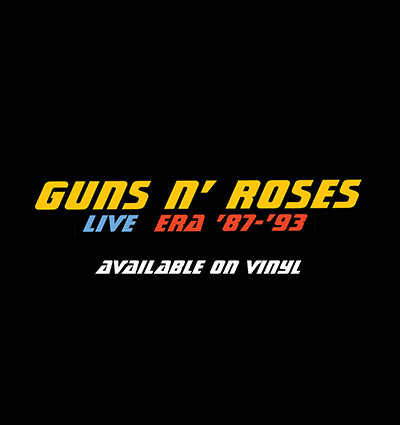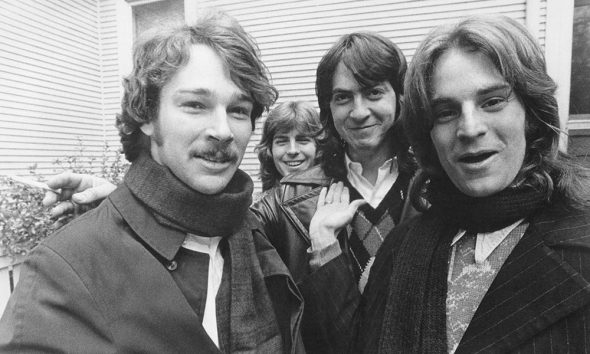Steve Albini Discusses Working With Nirvana On ‘In Utero’ In New ‘NME’ Interview
Albini spoke with the magazine from his Electrical Audio studio in Chicago.

Steve Albini spoke with NME about his time working with Nirvana on their album In Utero. He spoke with the magazine from his Electrical Audio studio in Chicago. The legendary producer discussed legacy, his relationship to the band, and more.
The album was the follow-up to the band’s groundbreaking Nevermind. Despite that, though, Albini said the recording process was fairly typical. “There wasn’t anything out of the ordinary about the sessions,” he said. “I mean, apart from them being extremely famous. I had to do everything I could to keep it under wraps to make sure that we didn’t get overrun by fans and the added nonsense. That was the only thing that was weird about it.”
Albini went on to share a number of fascinating anecdotes. The album was recorded in a studio around 50 miles outside of Minneapolis. Albini and the band decided to work on the album “in a place where people weren’t going to be predatory” following the success of Nevermind.
“It was far enough away from anybody that the band knew socially, and we wouldn’t have a f_____g TV crew out front every day or any drug dealers trying to do business,” said Albini. “We had to make sure that word didn’t get out. The studio was an independent studio and there was only a small number of people working there. I didn’t really want to trust them with the secret, so I booked the studio on my account under the pseudonym the ‘Simon Ritchie Band,’ which was of course Sid Vicious’ real name.”
He adds, “Until the flight cases started arriving from the cartage company the day before we started, nobody knew. The cases had Nirvana spray-painted on the side of them, but until that happened, even the people who owned the studio didn’t know that Nirvana was going to be recording there.”
Albini also recalled an encounter with Kurt Cobain a few years before the session. “When my band Big Black did a farewell tour years before the In Utero sessions, the final show was in some industrial space in Seattle,” he said. “It was in a weird building with a makeshift stage. It was a cool gig and at end we smashed up all of our gear. I distinctively recall some kid asking me if he could take a piece of my guitar off the stage and me saying ‘go ahead its garbage now.’
“Many years later when we were working on In Utero at the studio in Minnesota, Kurt showed me this little piece of this guitar that he had saved. He had brought it with him after all those years. He had been that kid.”














